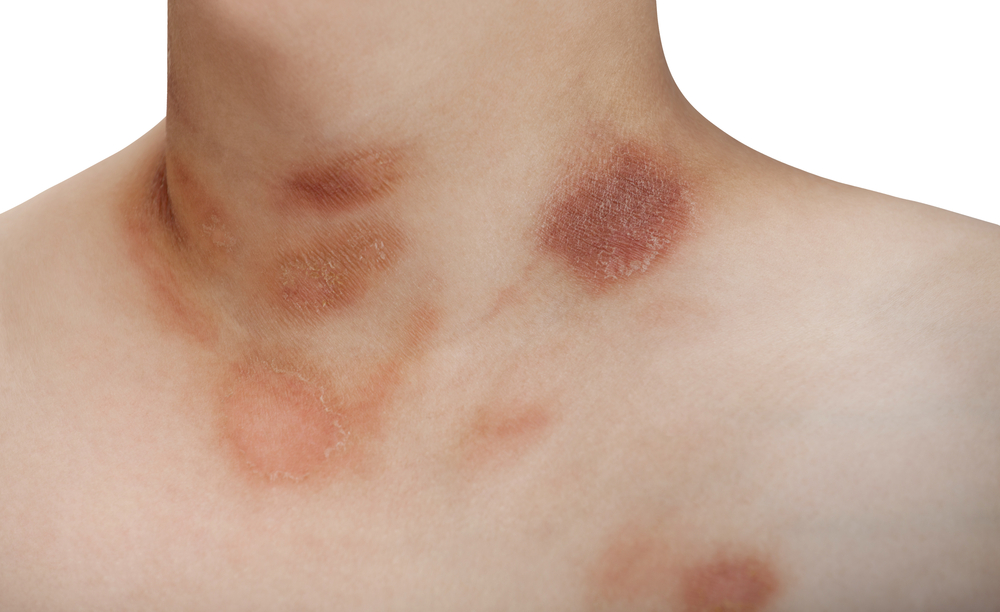1. Who commonly gets pityriasis rosea? Any age group, race etc?
People of all ages can get it, but mostly between 10 and 35 years.
2. What are its common causes and symptoms?
Researchers are yet to find out the main cause. But this condition can originate from a viral infection, such as, herpes virus.
The symptoms include a herald patch- an oval scaly patch on various parts, the face, abdomen, or back. The patch forms scaly spots or bumps with a pine-tree shape, few days later. Some people may experience itching on these rashes.
3. How is it diagnosed and treated?
Diagnosis occurs by sight but to confirm it, a doctor may ask for a biopsy, blood test, or scraping to rule out other skin issues like eczema and psoriasis.
Treatment may not be necessary because the rashes go away within 10 weeks. But if itching persists, your doctor can give alternatives.
4. What recommendations would you give someone with pityriasis rosea?
I recommend the following remedies;
- Antihistamines to reduce allergies
- Over-the-counter medicines, such as, zinc oxide or calamine lotion that help reduce itching.
- Corticosteroids may also be helpful with swelling and itching.
- Exposure to artificial or natural light can lessen the rash duration, but it will leave you with dark spots.
5. Any general thoughts?
If you experience this condition during pregnancy, I recommend seeking immediate help from your OB/GYN. Research shows that women possibly miscarry when they get these rashes in the first 15 weeks after conception.
- Elevate Energy, Soothe Stress, And Peak Performance with The New UNBEETABREW Coffee Sensation - September 21, 2023
- Chef Bob’s Coffee: A Journey Fueled by Passion - July 29, 2023
- Amatera: Redefining Beauty by Embracing Aging Gracefully - June 10, 2023






